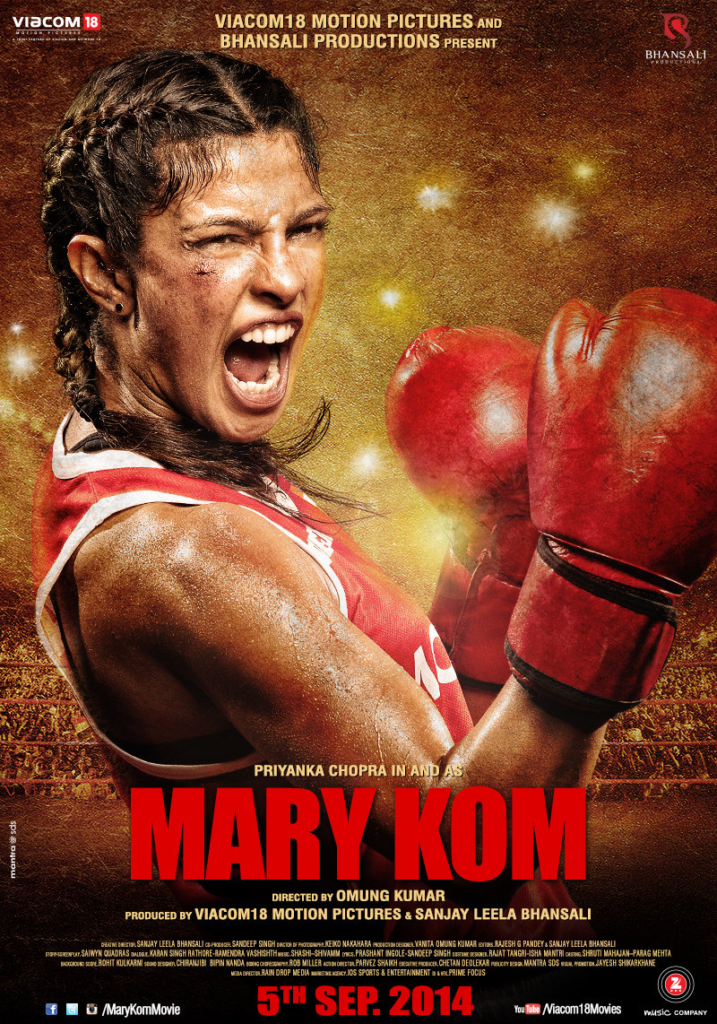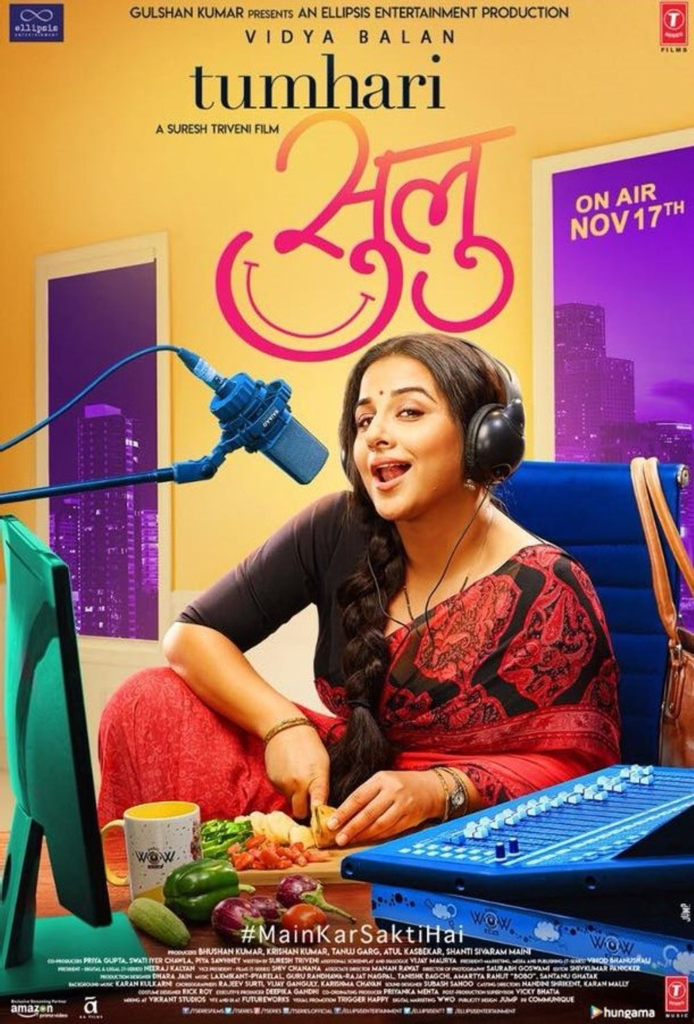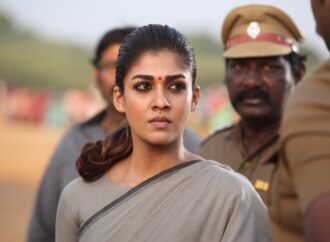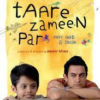Male performers and directors have held most positions in India’s film industry for decades. However, in recent years, there has been a shift towards films that focus on female protagonists and highlight the power and resilience of women. These movies challenge norms and give women agency in both on-screen and off-screen contexts. Mardaani, Queen, Mary
Male performers and directors have held most positions in India’s film industry for decades. However, in recent years, there has been a shift towards films that focus on female protagonists and highlight the power and resilience of women. These movies challenge norms and give women agency in both on-screen and off-screen contexts.
Mardaani, Queen, Mary Kom, Piku, Neerja, Pink, and Tumhari Sulu are just a few of the critically acclaimed and commercially successful films centred on women in recent memory. Not only do these movies have formidable female protagonists, but they also address pressing social concerns including sexism, domestic abuse, and sexual harassment in the workplace.

There are many causes behind the increased production of films focused on women. To begin, there is a rising hunger for unique and interesting media among consumers. With the rise of over-the-top (OTT) media services, audiences are looking for more complex narratives. Films centered around female protagonists, with strong female leads and compelling stories, are meeting this desire.

Second, more and more women in the film industry are seeking for tales that center on women and their experiences and challenges. These filmmakers are not hesitant to take risks or question convention.
At long last, women’s issues are being brought into the spotlight and discussed openly. Films that focus on women are not only a form of entertainment, but also of activism and education. They encourage viewers to examine and challenge traditional gender roles, while also working to dispel common misconceptions about women.

The success of women-driven films has also influenced how women are portrayed in blockbuster movies. There has been a shift in recent years when female performers are provided more complex roles and female characters are not simply objectified or used as romantic foils. More and more women are stepping into prominent roles in the entertainment industry.

The strong performances of female actors are a big reason why movies about women are so popular. As a result, the roles of women in Indian cinema have been reimagined in light of these actors’ groundbreaking portrayals.

In the 2014 film “Queen,” for instance, Kangana Ranaut played the role of Rani, a timid and reticent young woman who goes on a honeymoon vacation to Paris alone after her fiance dumps her. Both audiences and critics enjoyed the picture, which was hailed for its feminist themes and realistic depiction of a woman’s journey to self-discovery.

Taapsee Pannu and Kirti Kulhari portrayed Minal and Falak, two women who are sexually attacked by a bunch of men and then falsely accused of prostitution, in the 2016 film Pink. The film’s representation of women’s rights and the value of consent was hailed by critics.

Films with strong female leads also tend to shine a light on pressing societal concerns. The 2019 film “Article 15” features Sayani Gupta as Gaura, a Dalit woman who is raped and killed by a group of her peers. The film touched on the pervasiveness of violence against women in India, as well as the problem of caste-based prejudice.

Women-focused films not only have commercial but also cultural and artistic relevance. The proven financial success of these movies has resulted in a surge in interest from financiers and producers. For example, in 2019, the film “Saand Ki Aankh,” which depicts two elderly ladies who take up shooting as a sport, was both a commercial and critical success due to its positive representation of women’s empowerment.

The increasing popularity of films focused on women is indicative of the shifting cultural norms of our day. People want to see stories that are grounded in reality. Filmmakers and actors are gradually meeting this desire by creating more varied and inclusive narratives.
In conclusion, the portrayal of women in Indian films has improved greatly over the years. However, much progress must still be made. Issues such as the gender wage gap, sexual harassment, and a lack of diversity in leadership positions must be addressed by the industry as a whole. Doing so has the potential to produce a movie that better reflects the multicultural reality in which we all live.


















Leave a Comment
Your email address will not be published. Required fields are marked with *